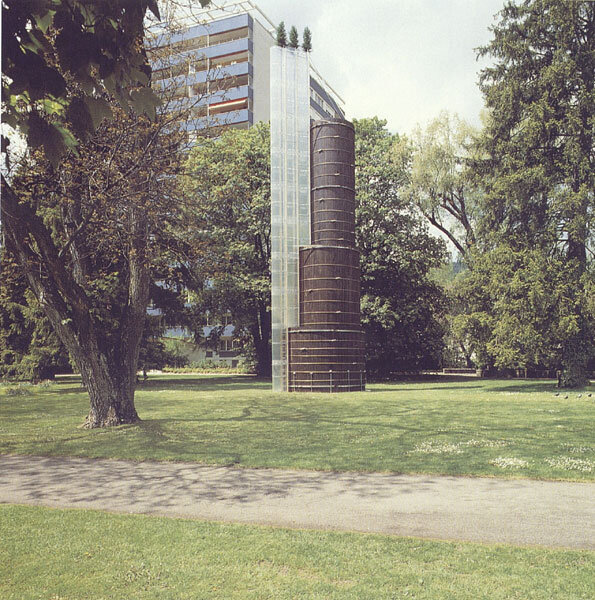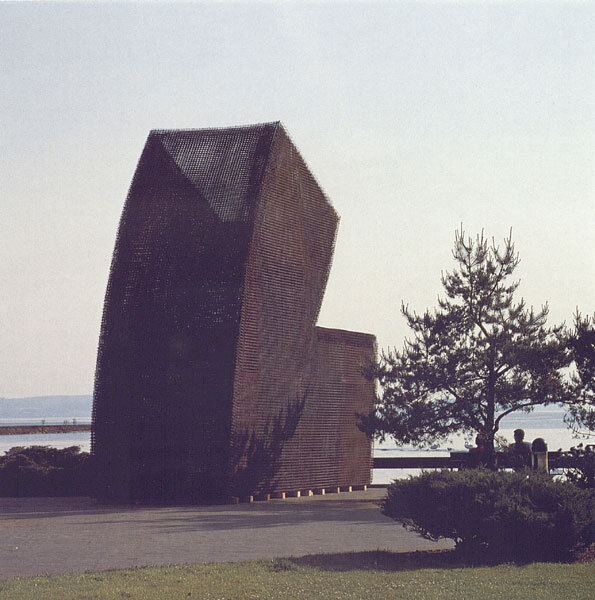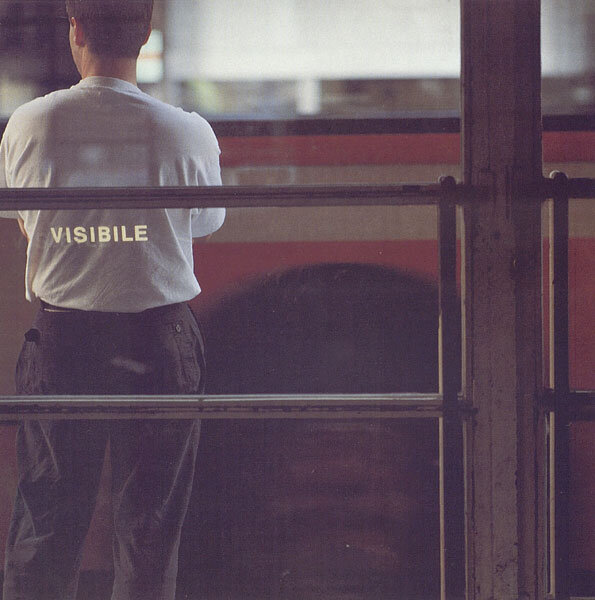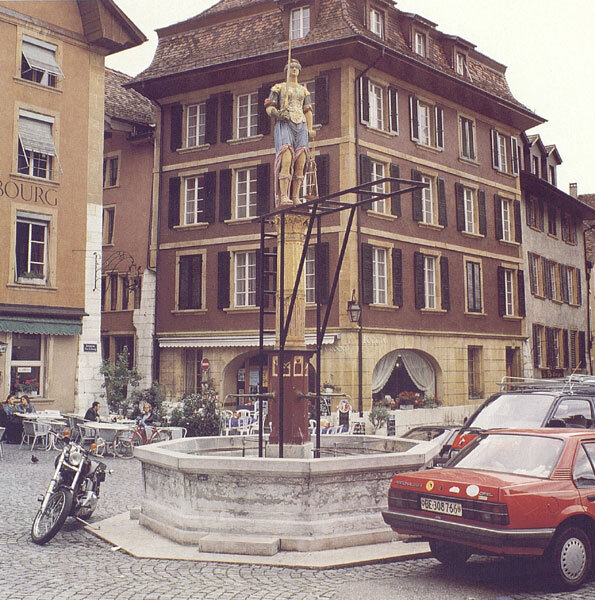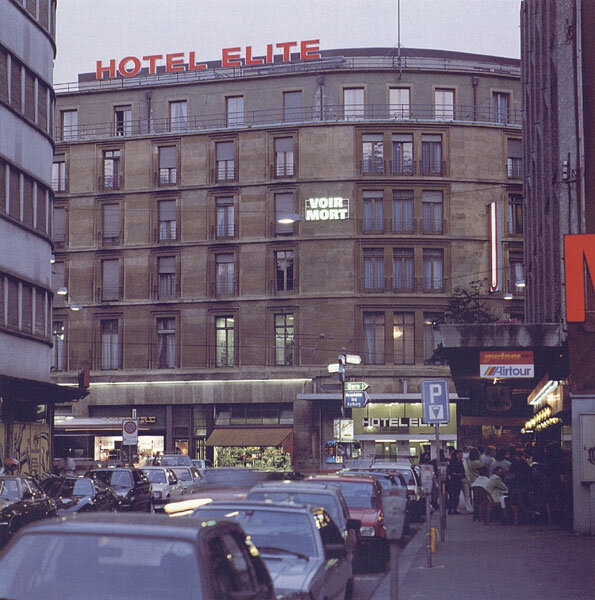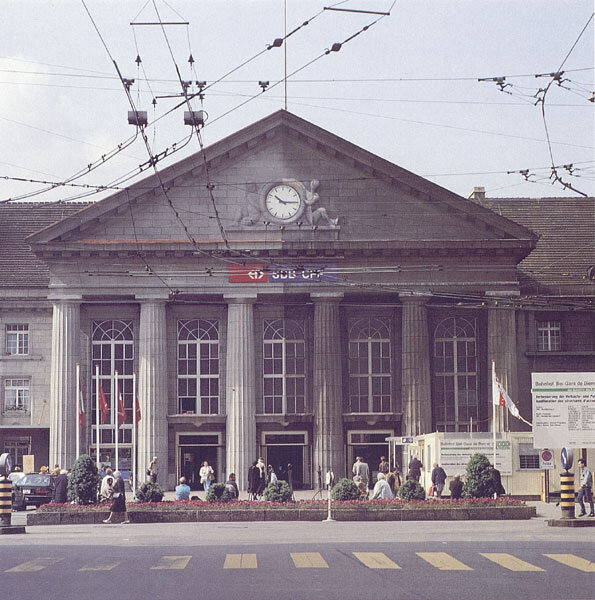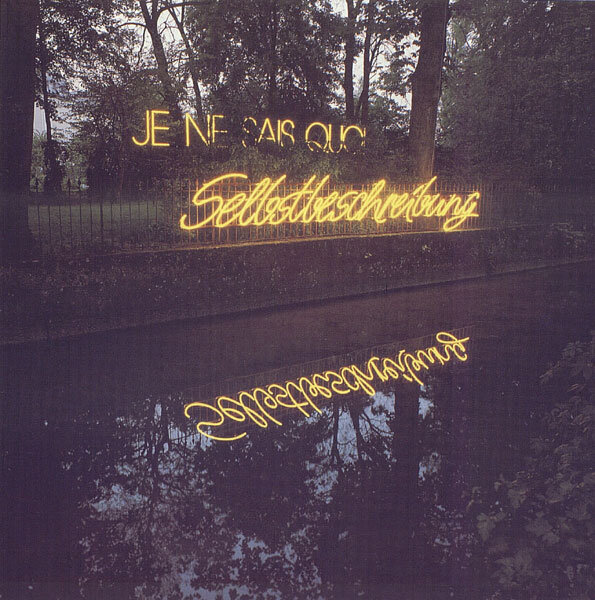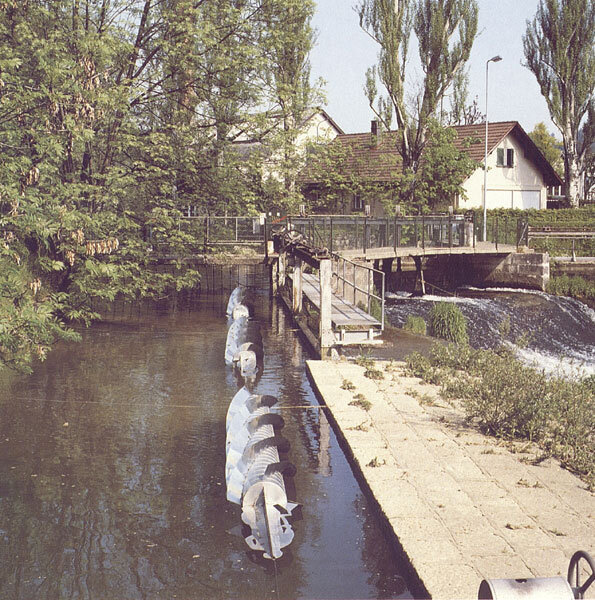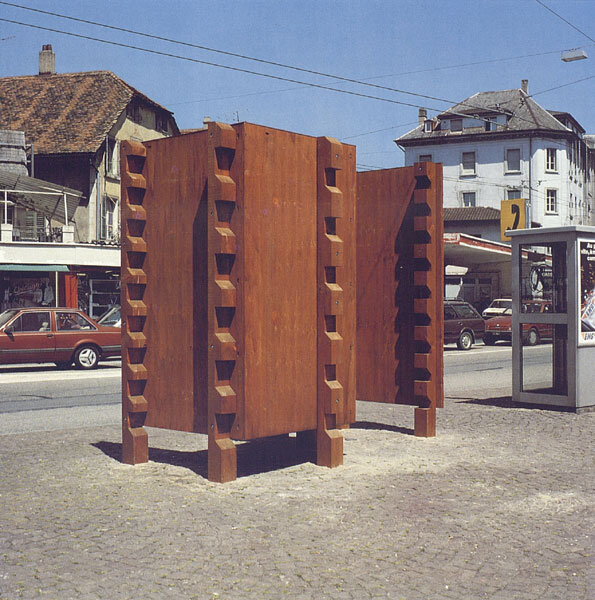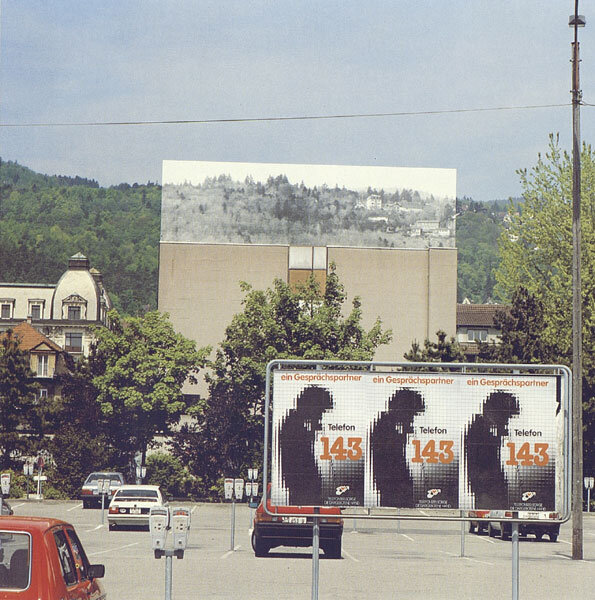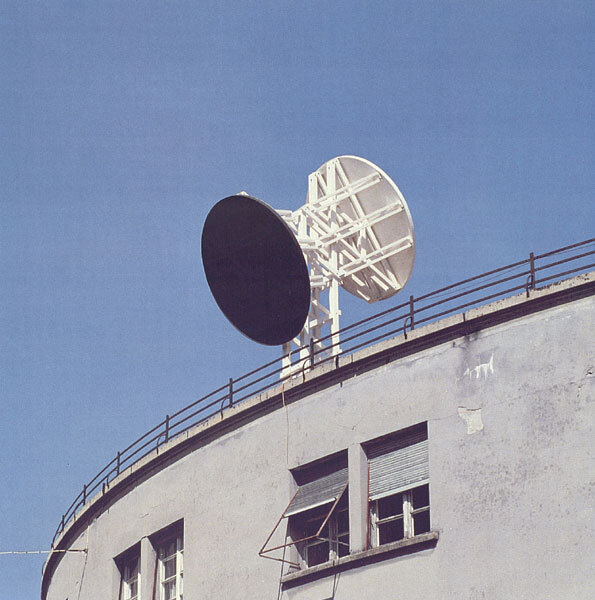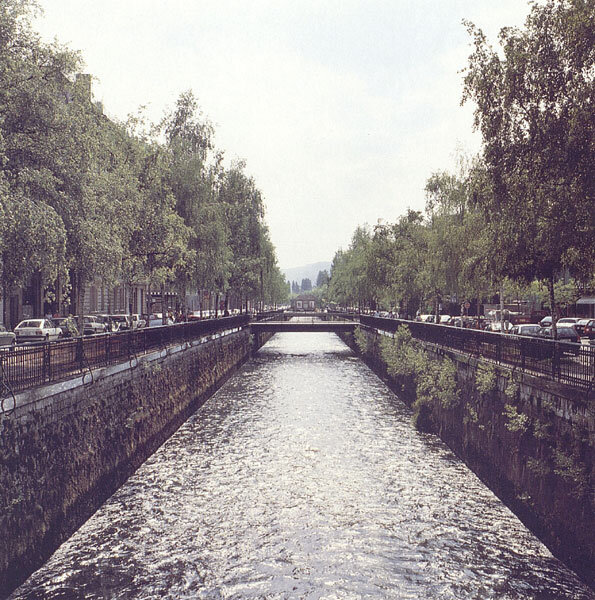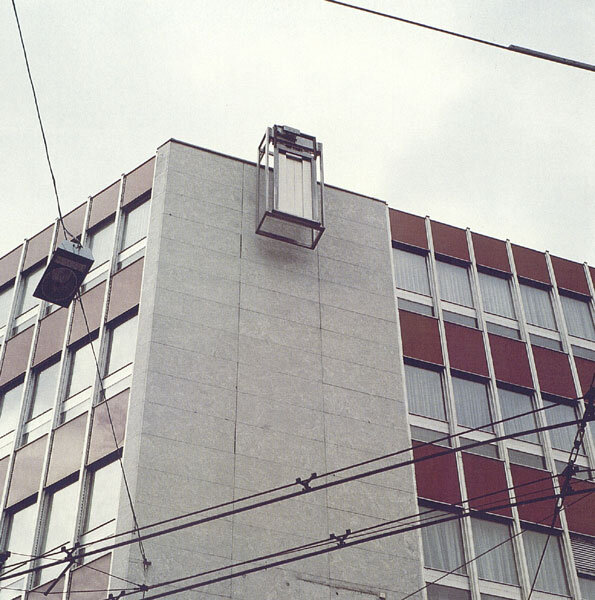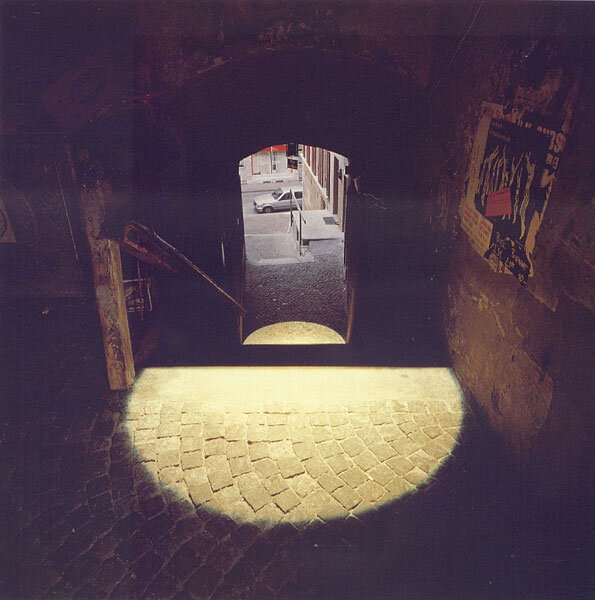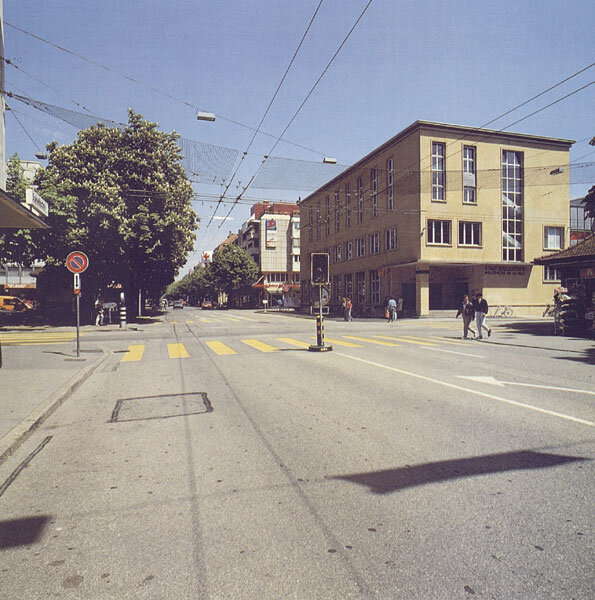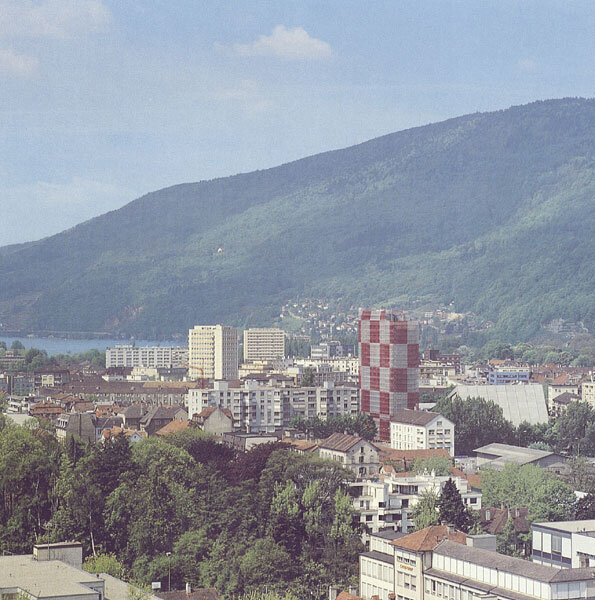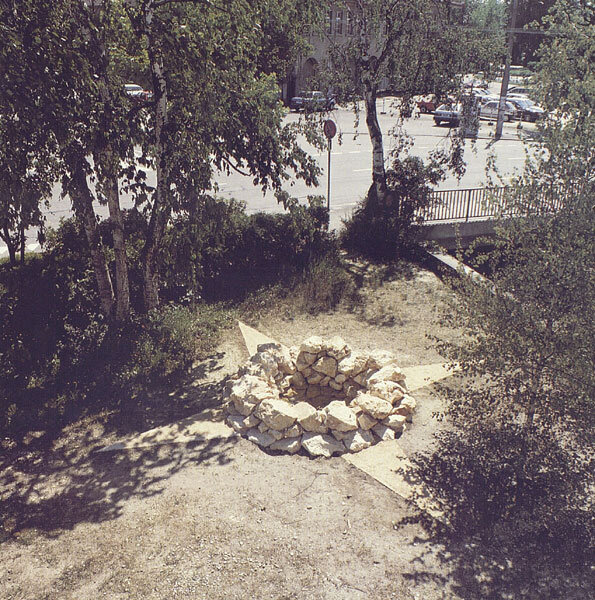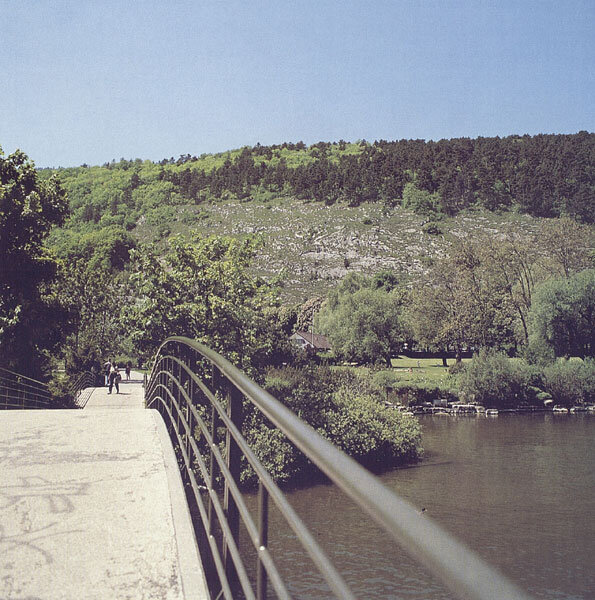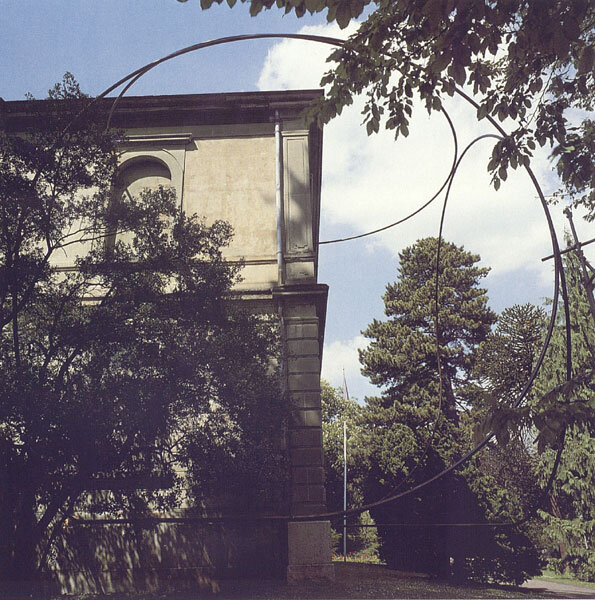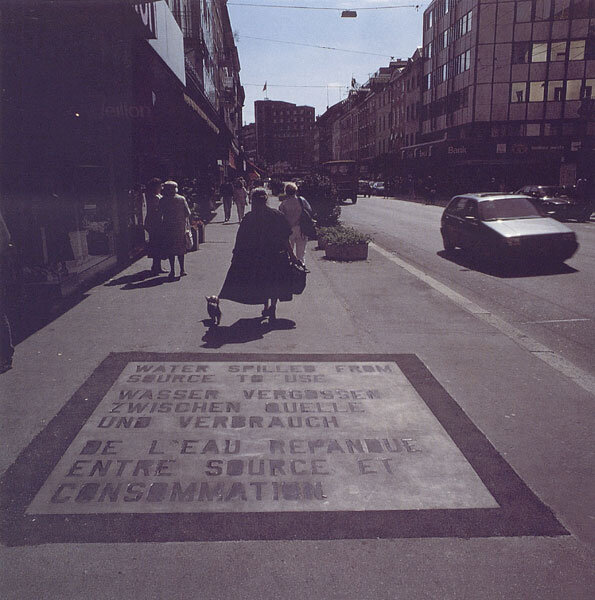TABULA RASA
Presentation
TABULA RASA, 25 artists in the urban center of Biel
700 Jahre Confœderatio Helvetica, Das Fest der vier Kulturen
9th Swiss Sculpture Exhibition, Biel 1991
Foreword: This Is Not An Exhibition
Bernhard Fibicher
The simultaneous presence of a certain number of "works of art" in the same location does not make an "Exhibition". The twenty-five "memorials" or "monuments" scattered all over the urban space of Biel cannot and will not be an exhibition because, if that were the case, they would not be monuments. A monument cannot be exhibited, a monument exists, i.e. stands, independently of other monuments, in a specific location for a specific reason. In Biel, we do not, therefore, point out the newly-placed monuments: they must look as though they had or should always have(!) stood there. Hence, there is no uniform or complete labelling system; no consumer-friendly integration into an "Exhibition Circuit". Their locations may well be noted on a map. However, it will be left to the visitors of the city of Biel to find them, and to devise their own circuit, depending on the time at their disposal, on the weather, and on the mood they are in. It may also be that some monuments are only accessible to the public for a certain period of time; that others may suddenly be obliterated by scaffolding because they have to be renovated. This is normal; that is part of the nature of monuments.
A monument – any dictionary will tell us – is a lasting evidence, reminder, or example of someone or something notable or great, usually in the guise of a memorial stone or a building erected in their or its remembrance, and quite often a carved sculpture set on a plinth. Since Rodin questioned the plinth when he created his Burghers of Calais at the beginning of this century, its clearly deictic function (beware the monument!) has been all but lost. In fact, the two components, i.e. the figure(s) and the plinth, may even occur separately, or as each other's substitutes. It is only the easily identifiable figure (or abstract form) and the clearly identifiable intention that might allow us to deduce that the object in front of us is a monument. And since contemporary artists have begun to pervert both the monument's structure and its functions, no-one knows whether these works may even be called monuments.
Let us, then, make the claim that these are monuments nonetheless because they seem to preserve certain structural and functional relations to monuments in the original sense.
The traditional monument always rises above the realm of ordinary life. The people and ideas that it stands for are august examples of a higher political and/or moral existence. We look up to them. Often, a zone of respect has been created around them – flower beds, a water basin, roads and paths keep the viewer at a distance; the monument and ordinary life exist side by side, in separate realms. Let me ask: do not the discreet location and the difficulty involved in tracking down the new monuments presented in Biel correspond to a re-creation of the traditional zone of respect?
A monument not only takes a certain traditional shape and prescribed content, it also distinguishes itself by the special terms and conditions under which it has been commissioned: its erection always stems from the desire of a group of people sharing the same objective; its sponsorship is collective by nature. To ask an artist to explore the topic of "monument" bears no relation whatsoever to commissioned art. For, firstly, the artist is free to decide whether or not he will accept the commission; and, secondly, if he does accept, he will enjoy complete ideological freedom. Perhaps it is part of the nature of the new monument that the artist is fully in charge not only of its design (which most often used to be codified), but also of the message and its underlying ideology, be that his personal conviction or one he shares with a group of like-minded people.
Does that mean that no collective sponsorship remains? That there are only n numbers of private utopias in public space? As the monuments of Biel demonstrate, traditional behaviour – reverential and admiring contemplation – no longer suffice. Each and everyone must contribute his share towards the "creation of a monument": it is only through active participation (perceptually; physically: by touching, walking on or inside the piece; intellectually) that the monuments will yield something up. So, nonetheless a (new) form of collective "sponsorship"? Whose common ideology would be the right to subjective freedom of interpretation? In the 1960s a monument can only reveal – in the crassest possible manner – that in our democracy based on individualism there is no room left for signs that might nurture a social identity; that there are no role models acceptable to however small a minority (a fact that was amply demonstrated by the acerbic controversy surrounding the proposal to put "famous faces" on the new Swiss banknotes). However: is it not precisely the relevant connection, both between individuals and between the only viable groups, i.e. the minorities, I am talking of the right to have – and express – one's own opinion?
The monuments of Biel do not have a massive, imperative presence; they are not soaring symbols of (masculine) power but offer a free space in which everyone can reflect on himself and on his relationship to others. These monuments do not impose themselves, for they are visible only to those who wish to see them. Robert Musil once noted most aptly: "Aside from the fact that you never know whether to refer to them as monuments or memorials, monuments do have all kinds of other characteristics. The most salient of these is a bit contradictory; namely, that monuments are so conspicuously inconspicuous. There is nothing in this world as invisible as a monument. They are no doubt erected to be seen – indeed, to attract attention. But at the same time they are impregnated with something that repels attention, causing the glance to roll right off, like water droplets off an oilcloth, without pausing for a moment." in Nachlass zu Lebzeiten. Prosa, Dramen, späte Briefe, Adolf Frisé, ed., Hamburg 1957; English: "Monuments", in Posthumous Papers of a Living Author, translated by Peter Wortsman, Hygiene, Colorado 1987, p. 61). The artist may counteract this invisibility by making his monuments invisible; by contradicting our expectations – in short, by creating unobtrusively sophisticated art. (For, if art must appropriate public space, it must do so in the most sophisticated manner possible.)
It is impossible to apprehend the contemporary monument at one quick, admiring glance. It requires a very specific glance, a very specific way of seeing; that described by Maurice Blanchot: "'Do you see me?' – 'Naturally, I see you.' – 'That is precious little; everyone can see me.' – 'But perhaps not as I see you.' – 'I would like something else; I want something. It is very important. Would you know how to see me even if you were unable to see me?' – 'If you were invisible?' He thought: 'Undoubtedly: inside myself.' – 'I do not mean: truly invisible; I do not ask for so much. But I would not want you to see me for the simple reason that I am visible.' – 'May no one other than I see you!' – 'No, no, I don't care if I am visible for everyone, but I would like to be seen by you alone for a more serious reason, you understand, and ...' – 'A more certain one?' – 'More certain, but not really certain; without the guarantee that makes visible things visible.'" (Maurice Blanchot, L'attente. L'oubli. Paris 1962; English: Awaiting oblivion; translated by John Gregg, Lincoln and London 1997, p. 37)
Bernhard Fibicher
© Translation from German, August 2008: Margret Powell-Joss
